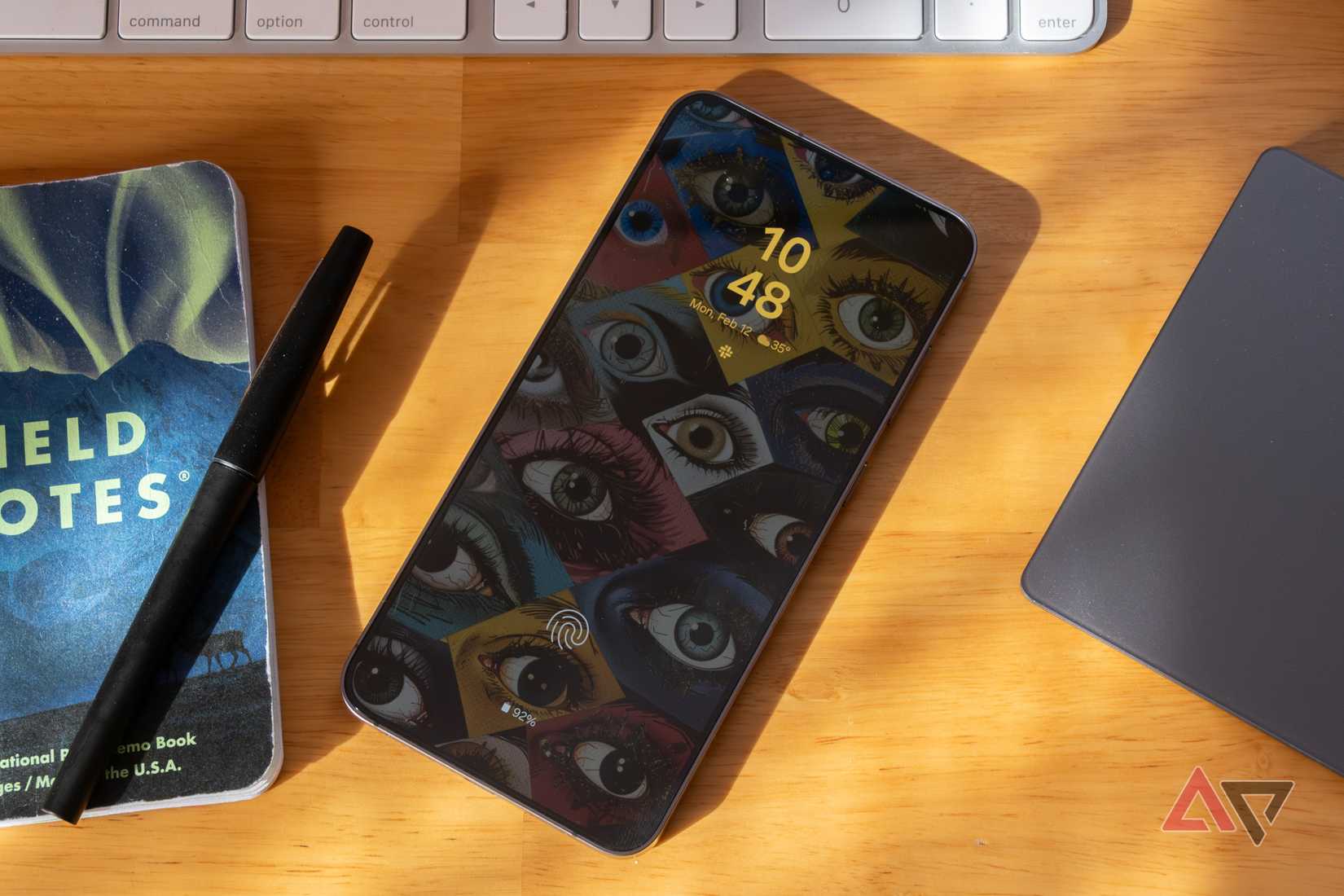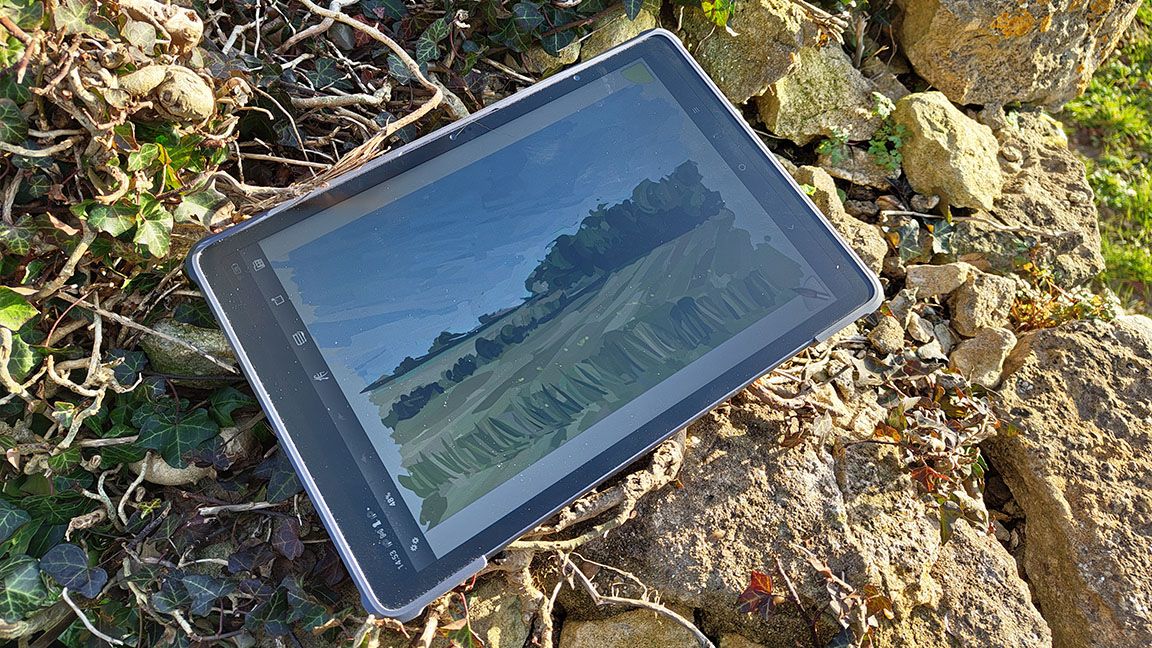It’s the end of the year, so it’s time to start looking ahead to Android 17.
The developer preview should be right around the corner, but unlike the upcoming Pixel 10a, we haven’t seen many significant leaks about the forthcoming update.
What we know comes from clues hidden within Android 16 betas; one feature in particular caught my eye as a potential highlight of Android 17.
Google impressed me with the launch of Material 3 Expressive, but I noted that it’s time for the company to make practical improvements.
My Pixel phone looks and feels perfect, but there are plenty of ways for Google to improve the Android experience with new features.
However, the potential upgrades to the always-on display (AOD) look exactly like what I was asking for.
A more practical way to use your phone
It can show more relevant information at a glance
Hidden within the code strings of a recent Google Maps beta was text detailing a new feature for directions:
To save battery, press the power button while driving. Only key information, such as next turns, will be shown.
Paired with this text are screenshots showing an early version of this feature in action. It’s minimalist to the extreme, but it looks extremely useful.
Pressing the power button on your phone is safer than an on-screen button while driving, and it could greatly extend your phone’s battery life.
Weeks after this feature leaked, more code was uncovered in Android’s system code that hinted this power-saving mode would not just be limited to Google Maps.
This code highlighted a “Min Mode” that would allow apps to display information on your phone’s always-on display.
We haven’t seen similar code in other Google apps regarding always-on displays. However, I expect this to quickly spread and become my favorite feature of Android 17.
Apps on my always-on display? Yes, please
The opportunities are limitless
The always-on display on my Pixel 10 Pro is a useful tool. It shows the time, date, weather, notification icons, battery status, and Now Playing. However, it could be so much more.
Google Maps is a fantastic app for the always-on display. I’m constantly pulling my phone out of my pocket while following walking directions, but I don’t need anything more than the always-on display to check what turn I need to make.
Since hearing this news, I can’t stop thinking of useful apps for my phone’s always-on display.
I could use Google TV’s remote to control my TV without unlocking my phone. I could see fitness metrics from Google Fit, like steps.
There’s potential for an improved Now Playing experience that would show black-and-white album covers on the whole screen.
Third-party apps are currently the best path to an improved always-on display experience. For example, the StandBy Mode Pro app offers an extensive array of customization options for your phone’s lock screen.
However, this app is designed to turn your phone into a bedside clock, rather than providing always-on display features you’ll use while out and about.
What else can we expect from Android 17?
Could this be the practical update I’m begging for?
The code snippets are not clear whether this always-on display upgrade will arrive in Android 17, but the timing couldn’t be better. It’s exactly the move I want from Google after the excellent Material 3 Expressive update.
This approach to a more useful Android experience appears to be the focus of Android 17.
We’ve also seen that Google is adding the ability to create an app in a bubble by dragging it from the taskbar on Android tablets. We’ve been able to bubble conversations for years, but this would mark a significant improvement in usability for Android on tablets.
As the developer preview for Android 17 is right around the corner, we should get a much better idea of what to expect from the update. However, from what I’ve seen so far, it’s looking good.
Android 17 could make your phone more useful, but I’m still nervous
One of my most anticipated features of the Pixel 10 was Magic Cue. This feature would intelligently suggest relevant files, dates, and other information while texting, but it was hamstrung on launch.
Its actual effectiveness aside, Magic Cue only worked for a select few Google apps. If you used WhatsApp as your primary texting app, it was mostly useless.
I’m worried the same fate will befall this always-on update.
If Google locks it to a few of its own apps, then my excitement will disappear just as quickly as it did for the Pixel 9 launch.
To make this feature great, Google needs to open the door to third-party apps. If it does, it’s in the running to be my favorite Android development of the year.
Source link



